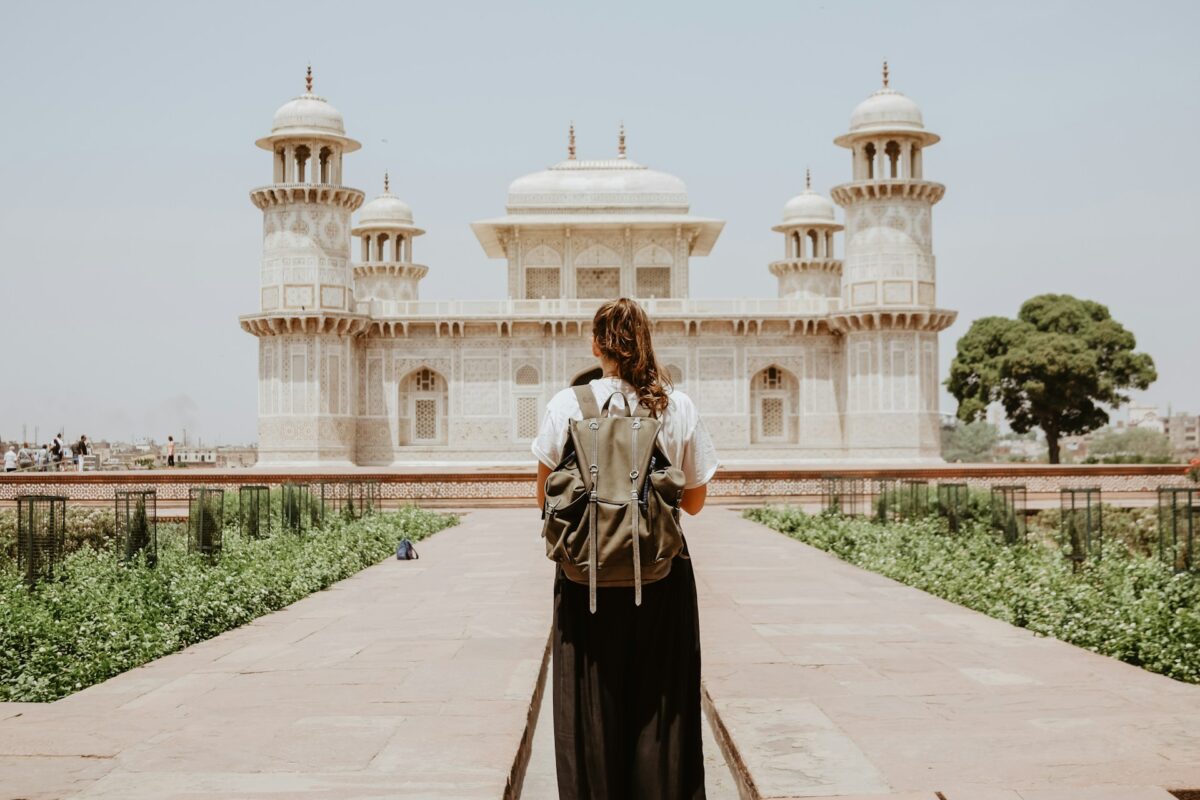India’s Latest Tourism Play: 100,000 Free Visas, New Destinations, Local Hosts

Skift Take
The Indian government is offering visa-fee waivers for the first 100,000 tourists entering the country under the “Chalo India” program. The operational guidelines will be finalized soon, after which the scheme will officially launch, the ministry has said.
The Indian government had waived visa fees for 500,000 tourists between 2022 and 2023 to support tourism after Covid.
Despite a 44% surge in foreign arrivals in 2023, the country is still not back to pre-pandemic numbers. In response, the Ministry of Tourism has rolled out a series of initiatives.
What Is the Chalo India Campaign?Indian Prime Minister Narendra Modi in March asked Indian diaspora members to encourage 5 non-Indian friends to travel to India. The tourism ministry launched the Chalo India program to enable Indian diaspora members to become Incredible India Ambassadors. They will also earn rewards for every foreign friend who travels.
Indian diaspor

